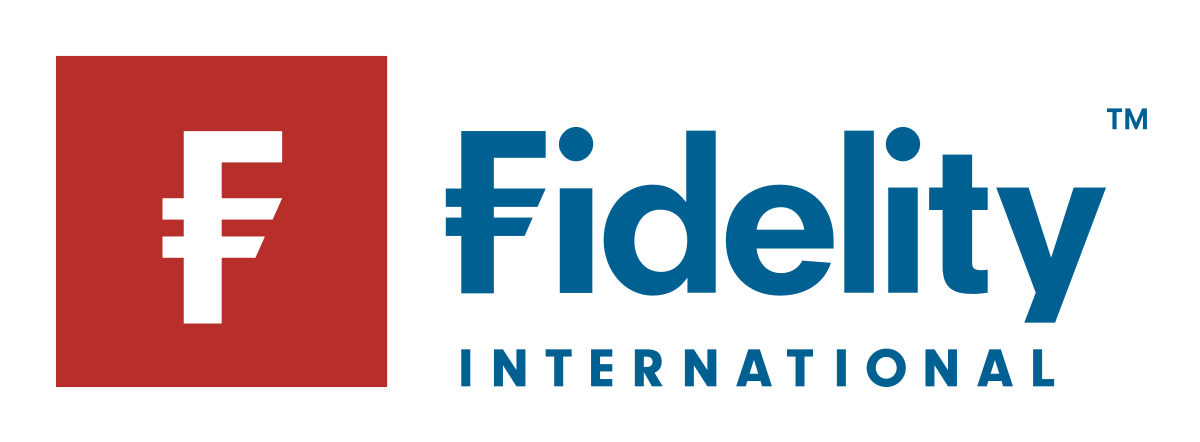As I write my last-ever newsletter for ETF Stream, a lot has changed since I started covering the ETF industry in 2016.
The market, which totalled $573bn assets under management (AUM), was only just starting to threaten mutual funds which remained the dominant force across Europe.
Fast-forward eight years, the ETF landscape could not look more different. While ETFs in Europe have continued to grow at approximately 20% a year, mutual funds – especially of the active variety – are haemorrhaging assets.
Highlighting this, active funds – excluding money market strategies – suffered €173.5bn net redemptions in 2023 versus €154.9bn and €52.8bn inflows into ETFs and index funds, respectively, according to data from Refinitiv.
The direction of travel is clear to see. The majority of investors now use ETFs as core building blocks for their portfolios while active management plays a role for more esoteric exposures such as alternatives or private markets where access and liquidity constraints must be considered.
As the pressure on fees continues across the value chain, I expect ETFs will account for at least 80% of fund selectors’ portfolios while the remaining risk budget is spent on managers that have a high active share in exposures such as UK small caps where there is a greater chance of outperformance.
Simplicity is key
During my time covering ETFs, innovation has been the hallmark of the industry, however, it is also important for fund selectors to avoid getting caught up in the latest fad.
When I started, it was all about smart beta, then thematics and ESG in the post-COVID-19 era and now actives have taken the ETF market by storm as investors see the benefits of incorporating ‘index-plus’ ETFs from the likes of JP Morgan Asset Management and Fidelity International within portfolios.
The term ‘active ETF’ was often considered an oxymoron back in the day. Now, it is the clearest way for new entrants to differentiate from competitors.
ETFs have very much been at the forefront of these trends as asset managers look to differentiate themselves from competitors.
From my perspective, fixed income is the next area of potential disruption. ETFs account for just a fraction of the $130trn bond market and it is an area where investors feel underserved by ETF issuers.
Overall, however, demand will remain in core exposures such as regions, countries or sectors where fund selectors can use ETFs to build cost-effective resilient portfolios that can outperform in any market condition.
Platform bugbear
The one barrier to ETF adoption – and my biggest bugbear – in the UK is platforms. If UK platforms can make their technology more friendly to ETFs by introducing fractional dealing, everyone will benefit.
Without fractional dealing, wealth managers cannot rebalance managed portfolio services (MPSs) efficiently as they are forced to buy and sell the full units of ETFs, an issue when small changes are required across multiple platforms.
Solutions are being created to tackle the problem, so I am more hopeful than ever but it is an issue I have been writing about since 2016 and nothing has seemingly changed since.
Final word
It has been an incredible five years at ETF Stream. In that time, we have created Europe’s largest ETF event, ETF Ecosystem Unwrapped, where we welcomed over 650 ETF industry participants this year, established ETF Buyers Club, the only community for professional ETF investors, launched the ETF Issuer Power Rankings, broken countless exclusives and even won an award along the way.
It is fair to say the title has truly cemented itself as the leading media brand for ETFs in Europe.
In my new role, I will remain an avid reader of ETF Stream as the team continues to provide leading coverage on the European ETF market.




